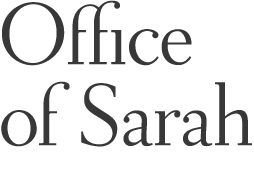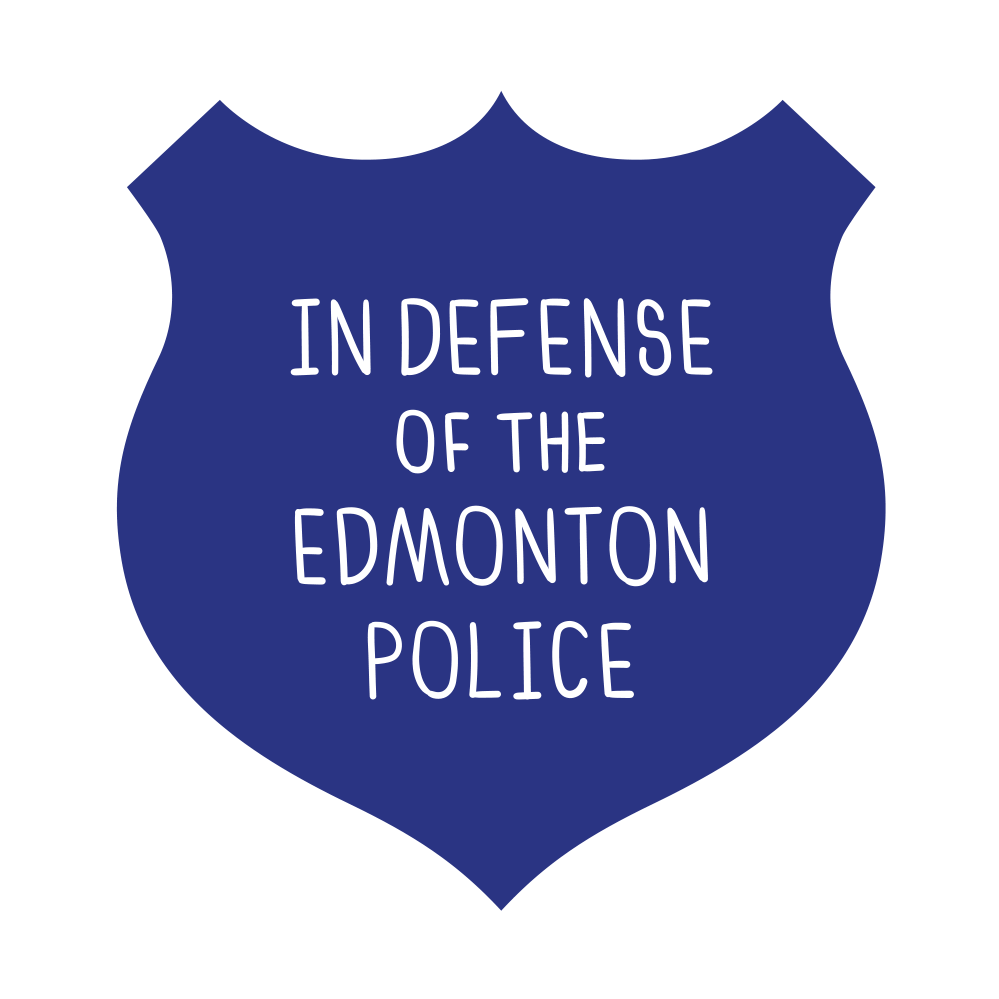Politics: Provincial Edition
Pat yourself on the back because we’ve officially made it to Level 2: Provincial Government. Who’s involved? How did they get there? Join me on this introductory jaunt into…
Alberta’s Provincial Government
Alberta is divided into 87 little pockets of land (26 of those are clustered in Calgary and 20 in Edmonton, the rest are scattered more loosely about). Two interesting nuggets of history that I came across: 1) the first 25 districts were drawn-up in 1905 by racist politician Frank Oliver, which is an excellent reminder that a great moustache does not a great man make. 2) In Alberta, white women didn’t get the vote until 1916 and First Nations women couldn’t vote until the 1960s. Let that sink in. I can only assume that Racist Frankie is now rolling in his grave.
Every 4 years we vote for someone* in our own respective pocket, and these 87 MLAs (our Members of the Legislative Assembly) get their own little assigned seat in this room at the Legislature Building, which looks like it has some truly terrible greenish beige carpet. It is in this Room of Terrible Carpet where our political parties participate in the business of creating new provincial laws.
*reasons vary, but I’m personally convinced the top reasons are: we like their name, we are historically fond of their team colour, our parent/partner/friend told us to, they have a cute dog therefore can’t be too terrible??
Political Parties
Unlike our Municipal counselors (who are not affiliated with a specific political party, despite what their website colour schemes might tell you), our Provincial representatives are all officially associated with some sort of party. This has to be the most disappointing double-meaning of a word ever, except perhaps for its use in these cases, such as the 1987 Québec-based “Parti Citron” (the "Lemon Party") who promised (among other things) to “repeal the law of gravity”, the 1979 British “Fancy Dress Party” who promised to “use a smaller size of font as a way to reduce unemployment statistics” (the graphic designer in me is on the ground howling at this joke), and of course The Rhinoceros Party of Canada, whose party slogan is “a promise to keep none of our promises”.
As far as I can see it, political parties have an insurmountable brand problem that will always lead to disappointment when compared with, well, any real party. Also, what happens when a political party throws a party??! This is why politicians always wear incredibly dull suits, appear very stern, and generally look like they are having no fun at all, just to avoid any confusion.
The two main “parties” currently in Alberta are the United Conservative (UCP) and New Democratic (NDP). Other registered parties in Alberta include the Alberta Party (okaaaay, Captain Obvious), the good ol’ Liberal Party (who really lost the game of musical chairs in 2019, winning no seats), and the Green Party (poor greenies, they didn’t win any seats either, but that’s more of a same-old, same-old situation). The biggest “yikes” on the list definitely goes to the newly formed Wildrose Independence Party of Alberta (who are trying to do a “Wexit Alberta” - um, yikes).
Since the UCP won most of the seats in the 2019 election (63 total), they are currently (to use the technical term) the winner-winner-chicken-dinner. And boy were they glad to be back, because in an incredible Orange Crush upset the NDP won the election back in 2015, ousting the PC (now UCP) for the first time since 1971. Yeah, some Conservative politician probably had his own corner of the office fridge for the past 44 years, and the outrage of some better-than-thou-let’s-educate-the-children wholewheat NDP sandwiches lying in that fridge for 4 whole years!! Huh. Very exciting stuff.
A brief history of the powers that be in the area-now-called-Alberta: Before the Conservatives, Alberta was ruled by the Social Credit Party (1935-1967), the United Farmers (1921-1934), the Liberals (1905-1920), and before that the land of Alberta was just a vast, open, unpopulated terrain. HA. Ahahahahaha. Actually, what we call “Alberta” was inhabited by many, many First Nations peoples including the Daneẕaa (Beaver), Niitsítapi (Blackfoot), Denésoliné (Chipewyan), Paskwāwiyiniwak (Plains Cree), Tsuu T'ina (Sarcee), Nakawē (Saulteaux - Plains Ojibwa), Dene Tha' (Slavey), Nakoda (Stoney), and the Sakāwithiniwak (Woodland Cree). Alberta is still home to 48 bands, with their own governments and leaders. Stay tuned, because how these band governments interact with the Alberta provincial government is something I’m definitely going to look at in a future post.
The Premier and his Ministers
Back to the present situation here in ’Berta: since the UCP won the most seats, their Party Leader is now the Premier of Alberta: Jason Kenney. A few really cool facts about Kenney: he’s an anti-abortion activist who dropped out of his Christian University because of an argument over free speech (in a nutshell: he didn’t see it as essential. I mean, essential for him, obv, just not for the folks arguing against him). He also voted against same-sex marriage in 2005, and is involved in a scandal where votes from fraudulent e-mail addresses were used to help him win the leadership of his own party. Clearly, just an educated, caring, stand-up guy…
… who got to choose which of his MLAs became Alberta’s 19 Cabinet Ministers! Each Minister has their own corner of the government that they’re responsible for in terms of policies, issues and funding. Ministries include such things as Education, Health, Infrastructure, Environment & Parks, and Transportation. Okay, get ready because this fact really blew my mind: Cabinet Ministers don’t have to have ANY experience, education, or training in the ministry that they’re responsible for!
If you (like me) have always assumed that we were at the very least in knowledgeable adult hands, prepare to have your illusions destroyed.
For example. The current Minister of Environment & Parks is Jason Nixon, whose credentials include working in Alberta's oil and gas industry (hmmm, no conflict of interest there). He is perhaps best known for firing a woman from his construction company (Nixon Safety Consulting) in 2005 after she complained of sexual harassment (she took him to court and won, BTW). None of these aforementioned seem to show that Nixon has any experience with environmental conservation, waste management, or climate change, but apparently he loves Grizzly bears, so I can see why Kenney chose him (also Jasons stick together?). Or take Kenney’s Minister of Health, Tyler Shandro. Shandro is a politician and a lawyer with absolutely no training or experience in healthcare. His previous board experience skews more public “safety” than public health (National Parole Board, Calgary Police Commission). Am I the only one who thinks this system makes no sense? It’s like choosing the Town Physician via a popularity contest!!! It’s like you get knighted “Minister” as a reward for being a top-notch politician, and the actual portfolio is the least of your worries.
Besides the Ministers, leftover MLAs, and opposition MLAs (the NDP), there are a bunch of other people who help make these meetings run and honestly I don’t think I could do a better job explaining their roles than this Teacher Manual: The Mock Legislature so check it out.
Women at the Premier level?
Perhaps you’re wondering, where are the shoulder-pad-wearing power women at the top level of Provincial politics? Well, when the NDP were in charge here, we did have Rachel Notley as our leader for 4 years: this was only the second time ever that a woman has held that position in Alberta (Alison Redford was the first in 2011). Three facts for you, only one is fun:
Rachel Notley has the dubious honour of having received the most death threats of any Alberta premier, which were largely gender related.
Only 13 women have ever served as “first ministers” in the Canadian government, out of about 285 first ministers across our country’s history.
Out of those 285 Premiers the absolute best doggo names from the list are William Pugsley, Lemuel Tweedie, Dufferin Roblin, Amor De Cosmos, Howard Pawley, and Harlan Brewster. Best stripper or burlesque names for SURE would include William T. Pipes, Leslie Frost, John Hamm, Tom Rideout, Andrew Wetmore, and Joey Smallwood.
B is for Bills
Now that we’ve got a handle on the main suits and costumes arguing and voting on bills in the Room of Terrible Carpet (in short: a lot of politicians with possibly no subject matter knowledge, nevermind expertise, in the things they’re voting on), the next question I’m curious about is – how exactly do bills get introduced and passed into law? THAT will be what I’m looking into for next week’s post.
this post was last updated: July 18, 2020






